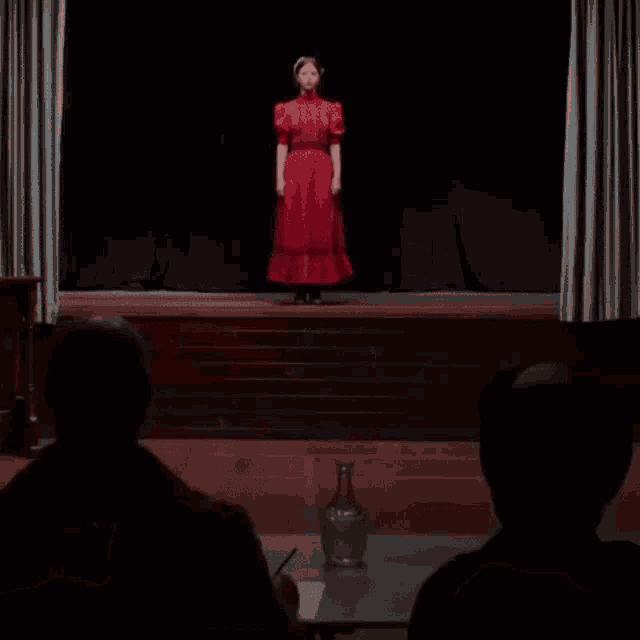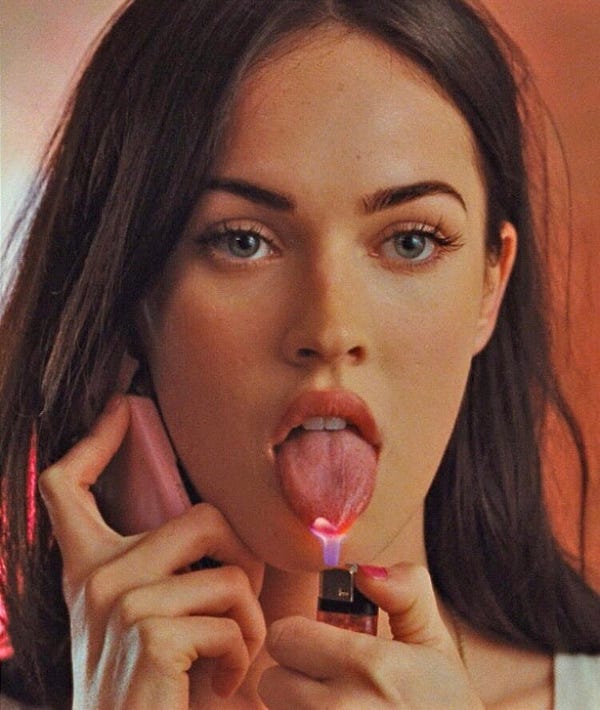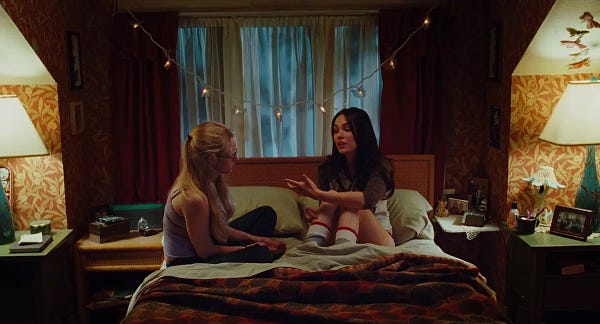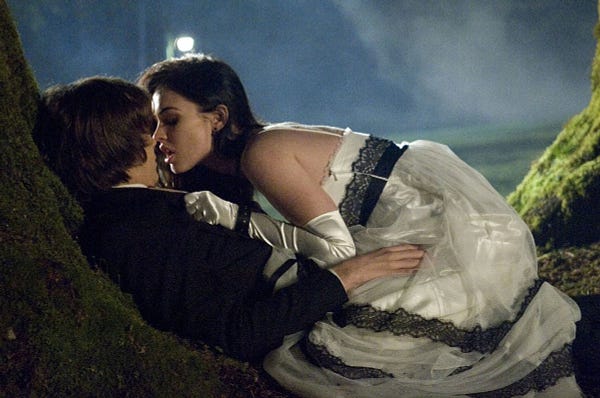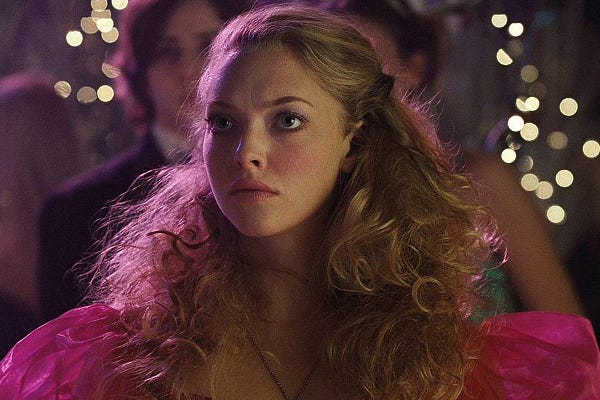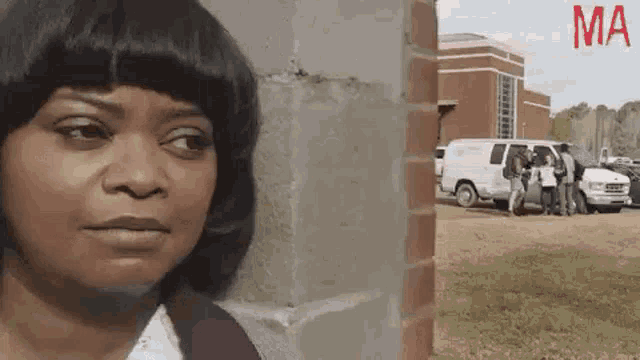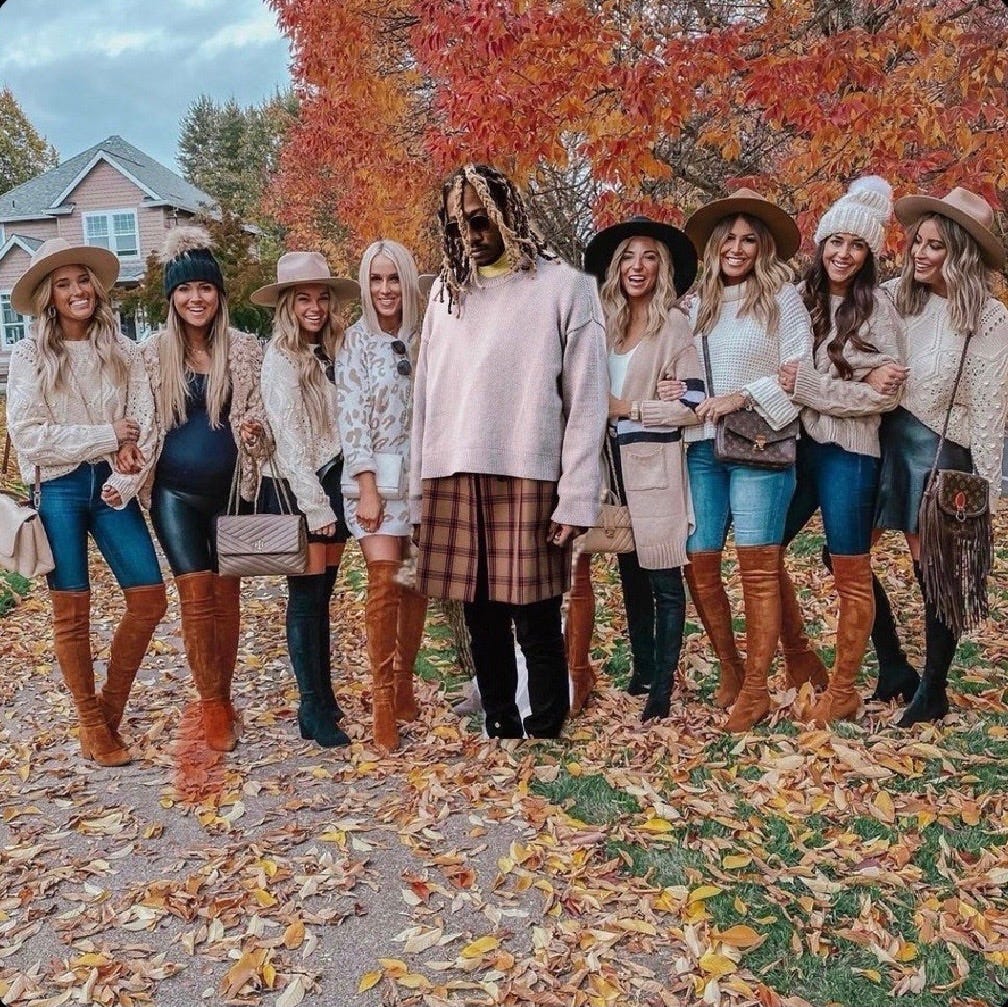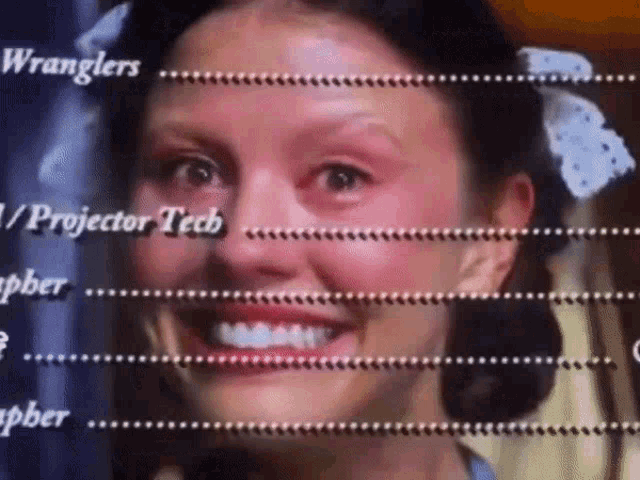Welcome to Flop Era, a digital platform where I muse on pop culture, cultural trends, and all things Gen Z. Today, I’m discussing the best holiday ever, Halloween.
Growing up, I never got to go trick-or-treating or celebrate Halloween. As a child, my mom was scared to let me go trick-or-treating because of the holiday’s association with monsters, serial killers, and scary mythical creatures. As an adult catching up on Halloween celebrations, I noticed the strong grip Halloween has on the LGBTQ+ community.
What I didn’t realized was how ingrained Halloween and horror culture is in the queer community. Halloween is an esteemed holiday for the LGBTQ+ community and the gays seems to eat up anything horror or thriller. What’s with our infatuation with Halloween and horror movies villains?
Halloween is inherently queer?
Some may say Halloween is an institution in the LGBTQ+ community — a “gay Christmas.” Halloween is a holiday that emphasizes dressing up, being creative, and letting your freak fly. For decades, Halloween was a safe haven for queer people to dress up and “express their genders and sexualities,” history professor Marc Stein told NBC News.
According to Stein, the term “gay Christmas” stems from “bitches Christmas,” in which the Philadelphia’s queer community in the 1950s/60s would dress up and party in bars during Halloween. Halloween was a day where people who did not align with their assigned gender at birth to safely express themselves.
“Bitches Christmas” celebrations spread and became a norm in the LGBTQ+ community across the United States. In the same way, drag balls were safe havens in the 19th and 20th centuries for queer Black and Brown people to gather to freely express themselves, so was Halloween. It just happened to be in a more open, public way.
To this day, Halloween continues to be revered as a holiday that hallmarks campy, eccentric, and alternative spirits that is often associated with the LGBTQ+ community.
Queer-coding in horror movies
Monsters and villains are sometimes rooted for or admired because they’re seen as underdogs or misunderstood, qualities that the LGBTQ+ community historically can related to as living in a homophobic and transphobic society. Many horror movies have adopted queer-coding monsters and killers. But queer-coded depiction often missed the marks and are littered with harmful tropes about queer and trans people being psychotic killers (Sleepaway Camp and Dressed to Kill). And horror classics, like The Haunting, Fear No Evil, Scream, and The Shining have subtle queer undertones, but don’t offer much beyond that.
Other horror movies have tried to mend these damaging tropes. Contemporary horror cult classic The Rocky Horror Picture Show, Jennifer’s Body, and the Fear Street trilogy depicts queerness in a more positive way. The Fear Street trilogy portrays queer women as the heroes. The Rocky Horror Picture Show play around with the concept of sexual liberation, gender expression, and androgyny. Jennifer’s Body, as The Atlantic’s Mary Retta puts it is “a rare and honest portrayal of bisexuality.” “Jennifer’s Body succeeds because it portrays curiosity and experimentation between two girls without the pressure of a perfect label or a happy, romantic ending,” she writes.
Disney villains are campy, kitschy, and not necessarily evil characters who are often queer-coded. We’ve also seen the humanization of these wacky villains, such as in the live-action adaption Maleficent, which portrays the titular character with a tragic origin story or childhood that shaped their upbringing. These movies are somewhat personal and resonates with LGBTQ+ individuals, as it mirrors the same trauma, pain, and feeling of being an outcast.
“To identify with a villain is to recognize that fear is a reflection—of who or what we believe capable of inevitable harm…Whether in the horror genre or outside of it, queer people will continue to identify with villains until their own identity no longer inspires fear.” – Mary Retta
However, there are few horror movies that has developed a cult following among the LGBTQ+ community where queerness is not the center of the plot, like The Conjuring and Ma. They’re not trying to be too serious or avant-garde, which I think resonate with the queer community because it’s campy. To be camp is to be fun, theatrical, outlandish and to break away from norms, which in the best way possible is what being queer often is about.
Halloween nostalgia and memes
Internet culture also plays a role in elevating campy, bad movies as queer cinema classics. Small, niche communities of early internet platforms, such as MySpace and Tumblr, were birthplaces of modern day internet culture. These digital spaces, mostly comprised of queer and BIPOC individuals, helped shape internet staples such as memes, video reactions, and fancams. As new social media platforms (Twitter and TikTok) emerge, these niche communities migrated and so did the content.
Queer people can safely congregate on these virtual spaces to discuss serious issues and iconic pop culture staples, such as Halloween and horror flicks. Eventually, ideas and content from these spaces permeates into mainstream virtual circles. For example, clips from horror movies, such as Ma and Freddy v.s. Jason become meme fixtures in queer online spaces, but sometimes can escape these circles and become mainstream viral pieces.
Some of the most mainstream memes on Twitter in the past decades stems from queer Twitter personalities. Take the “Christian Girl Autumn” meme that reappears every fall. The meme was created and popularized by @blizzy_mcguire and has taken many life forms on Twitter, TikTok, and other platforms. And in early October, the trailer for M3GAN, a horror movie about a creepy, doe-eyed life-like doll, dropped online. Mere hours later, Megan has been adopted by gays as an iconic absurd horror film figure alongside Annabelle, Tiffany, Sue Ann "Ma,” and more.
After doing research for this, I want to embrace the campiness of Halloween this year. While there’s not one definitive or right way to do Halloween, sometimes it’s alright to let loose sometimes. Because that’s what Halloween should be about — carefree, eccentric, and campy. Happy Halloween, everyone! 👻
media of the month
Movies, shows, and books I’ve recently enjoyed and recommend:
🎃 Although I’m not a big horror fan, in honor of Halloween, here are a few modern, campy horror-lite flicks and progs: Ma; Bodies, Bodies, Bodies; American Horror Story: 1984, Pretty Little Liars: Original Sin, Over the Garden Wall
📺 Heartbreak High (2022), Derry Girls
🎥 Moonlight, Gaslight (1944), Don’t Worry Darling (hear me out…it’s CAMP), X
📖 Swimming in the Dark by Tomasz Jedrowski




